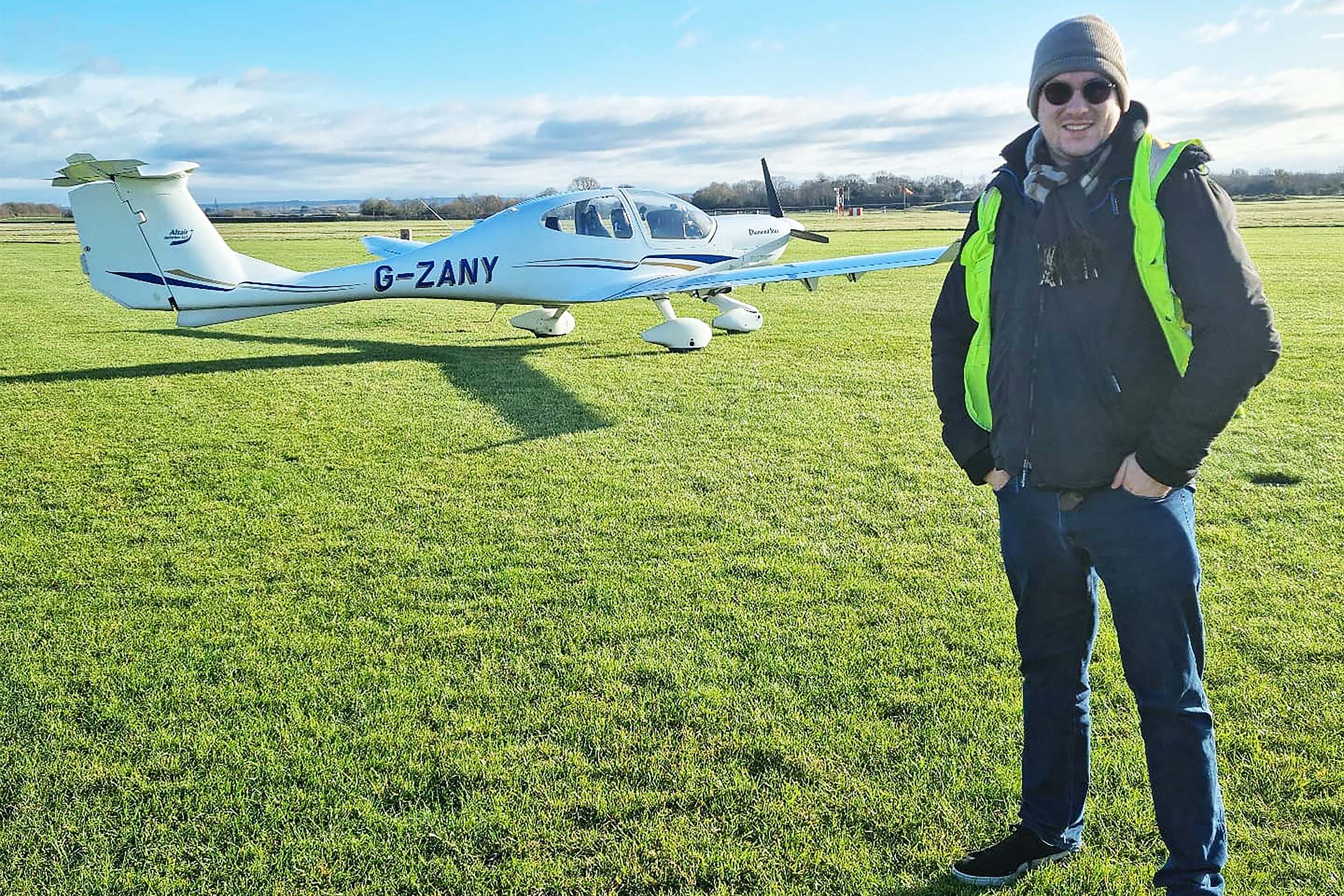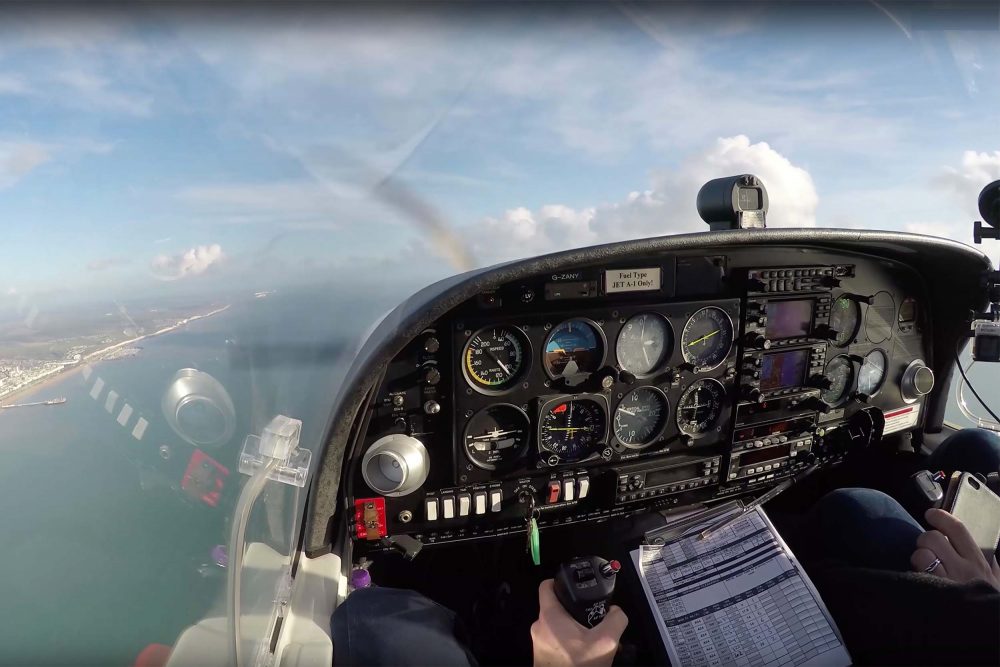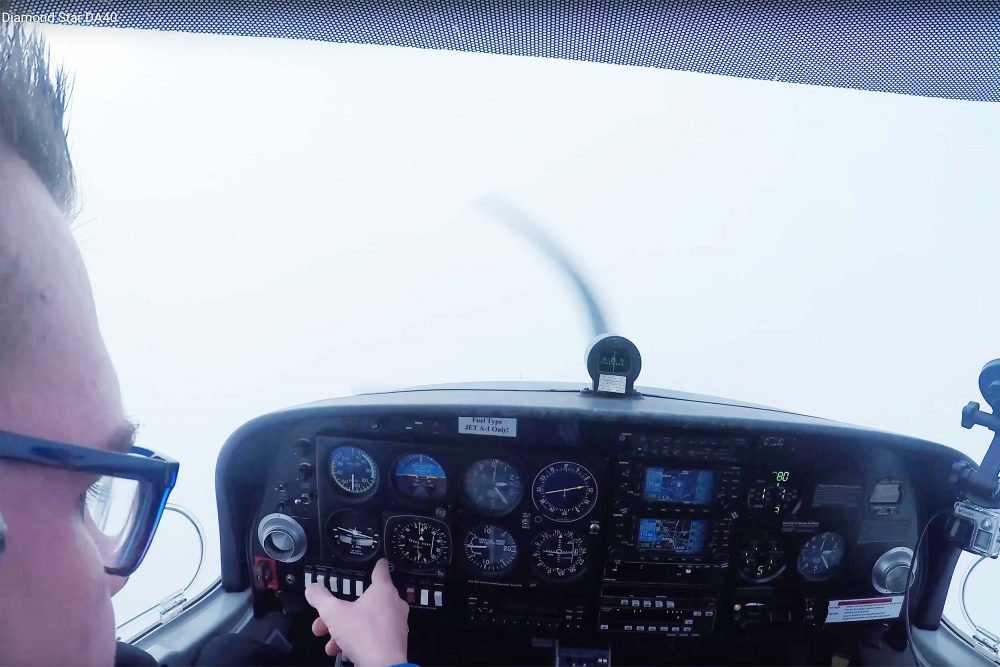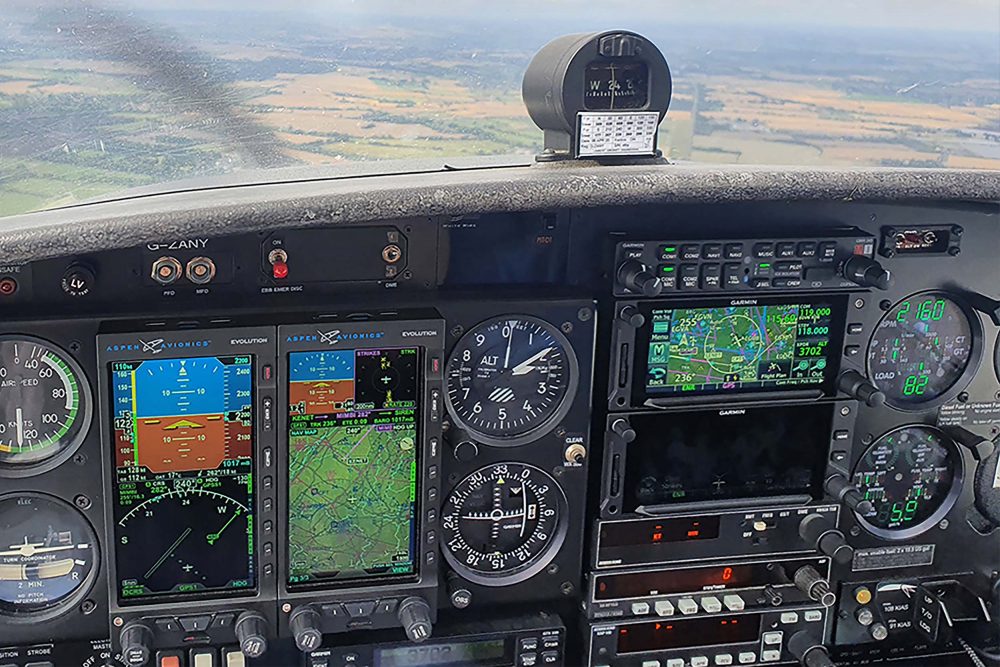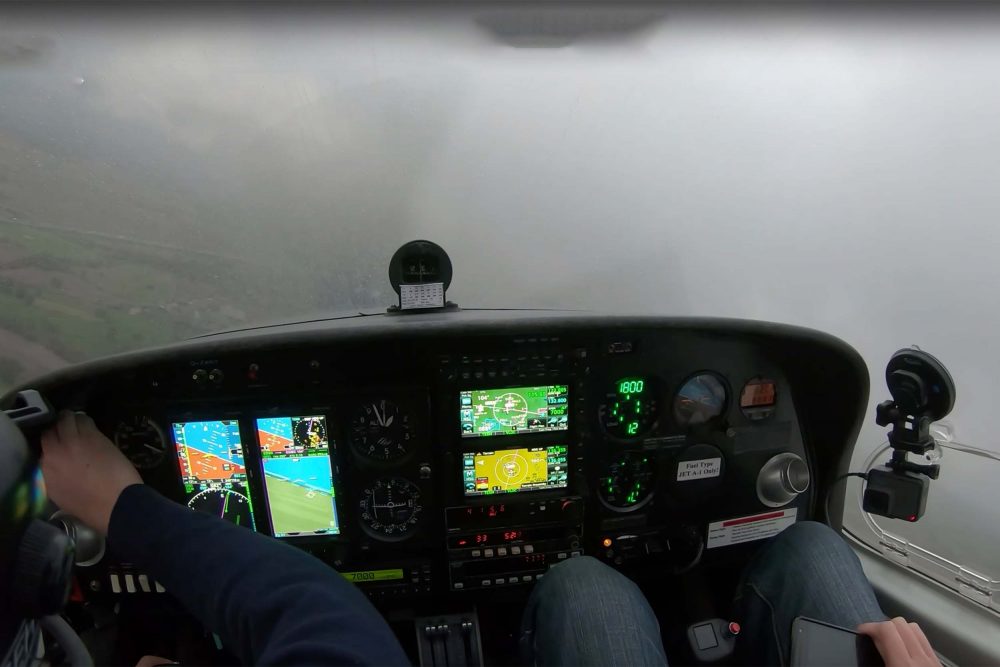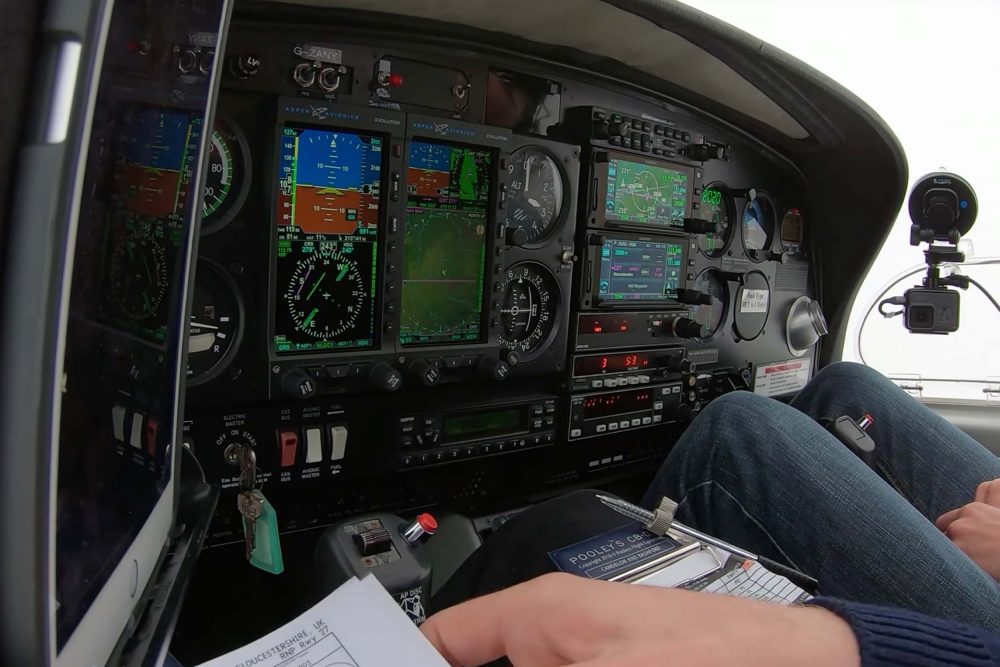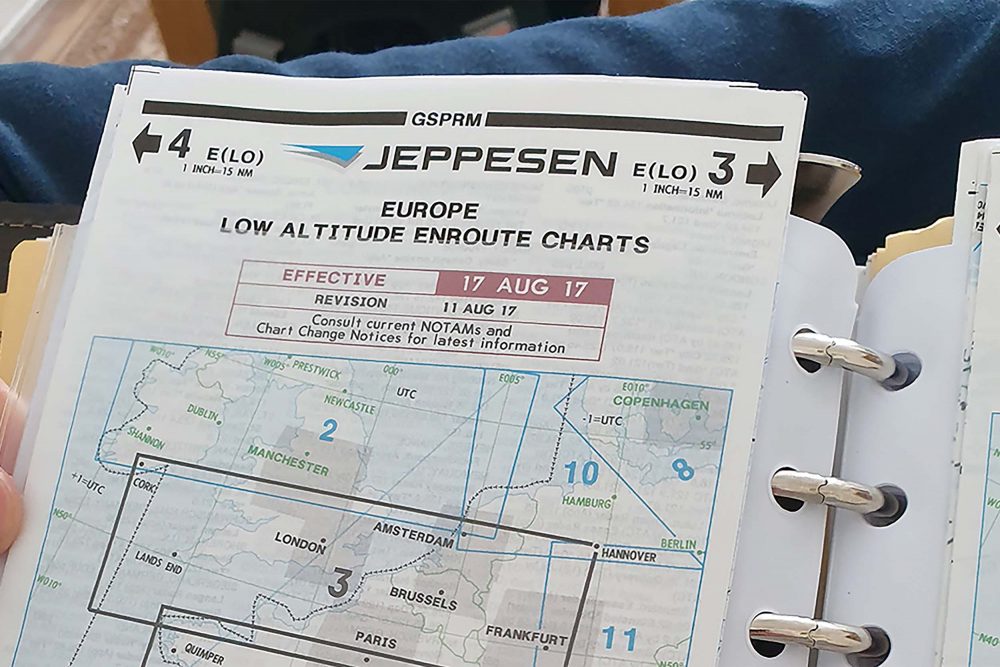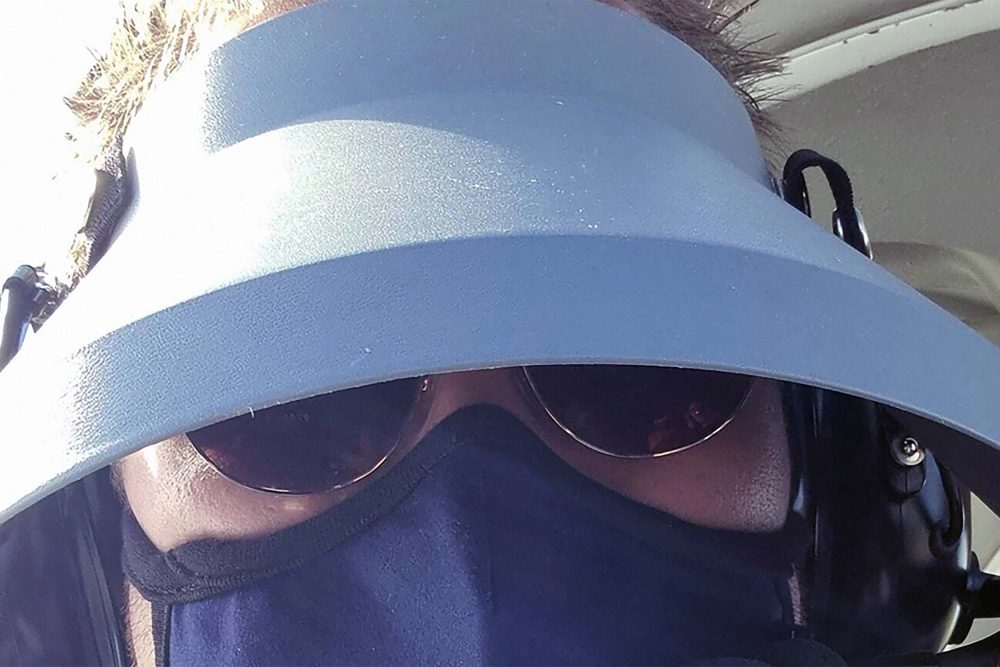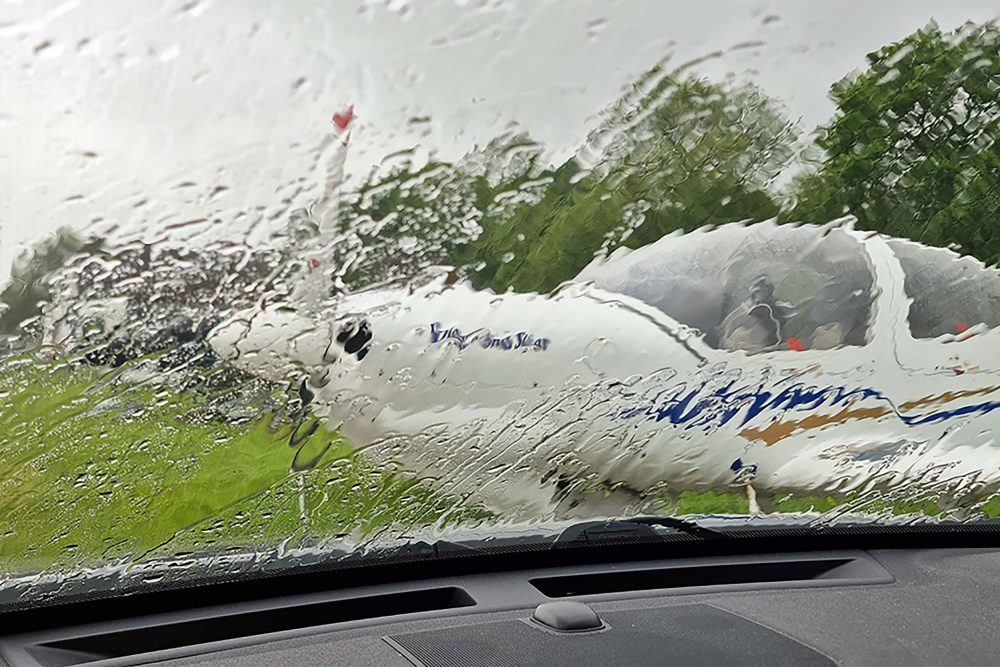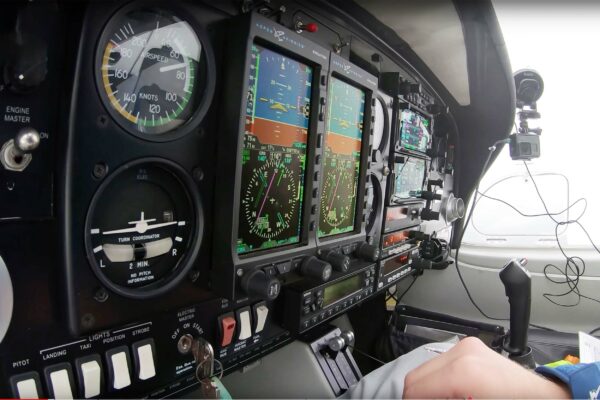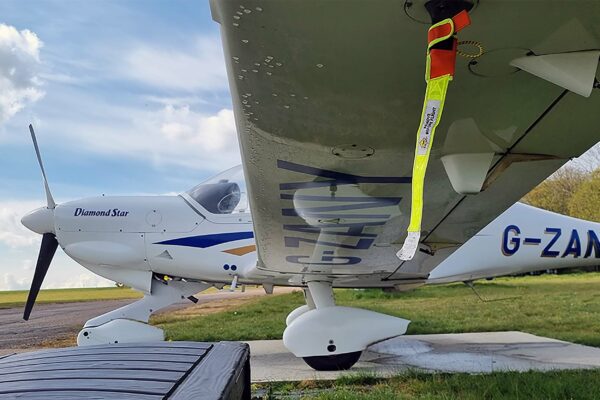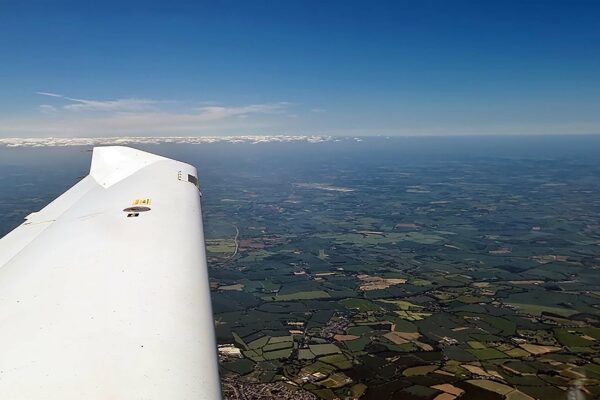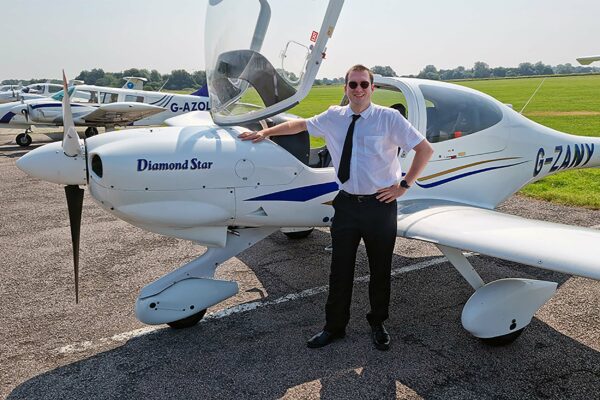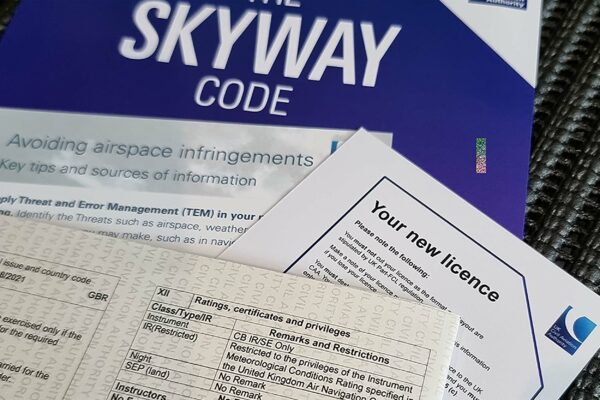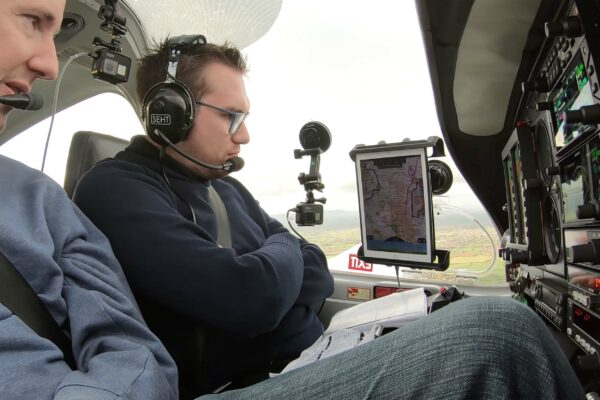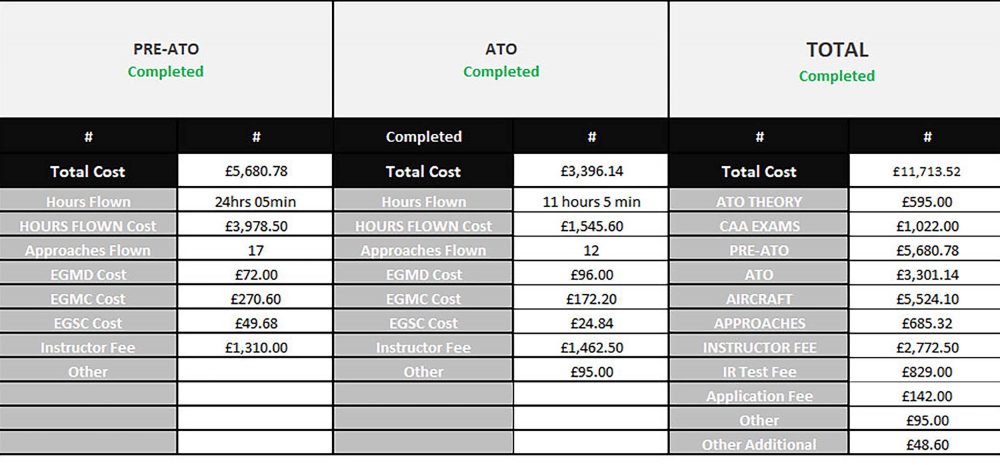My goal has always been to become a fully fledged airline pilot. Unfortunately, I don’t have £120k, plus many obstacles have got in the way in the last few years. With the impact of Covid-19, this dream now seems even harder to achieve.
In 2015, some four years after I got my Private Pilot Licence, I added the IMC Rating. It is a very useful alternative to the full Instrument Rating (IR). However, it is not normally recognised outside the UK, but a lot simpler to obtain than the ‘full’ IR.
The course consists of a minimum of 15 hours, all dual instruction, with a written examination and a skill test.
The privileges of the IMC Rating allow you to fly a UK-registered aircraft in UK airspace Classes D, E, F, and G, in IMC, out of sight of the surface. You may also carry out Instrument Approach Procedures to published Decision Height or Minimum Descent Height, and to undertake missed approach procedures, with a minimum take-off and landing visibility of 1,800m. The rating is valid for a period of 25 months, after which it is renewed or revalidated by flight test.
Ever since a challenging flight back from France in 2018, I’ve really wanted to get the full IR. Not only would my flight back have taken place the day before, thus saving me a further night stranded in France, but it would have meant a much more pleasant experience for everyone on board.
The IR allows private pilots to fly in the cloud, in any class of airspace, including airways, and enables you to fly a Category I ILS descent to a decision height of 200ft and RVR of 550m (two crew) or 800m (single pilot). Because of my history of instrument flying, I could take the competency-based modular CBIR route, which is designed to get me up to the standard required to pass the initial IR flight test.
I had to undertake some groundschool at an approved ATO (Approved Training Organisation), and pass theoretical knowledge exams in Air Law, Aircraft General Knowledge – Instrumentation, Flight Planning and Monitoring, Human Performance, Meteorology, Radio Navigation & Communications. After many recommendations, I decided to complete the ATO theory with Caledonian Advanced Pilot Training (CAPT), which would take place at White Waltham or Prestwick during summer in 2019.


